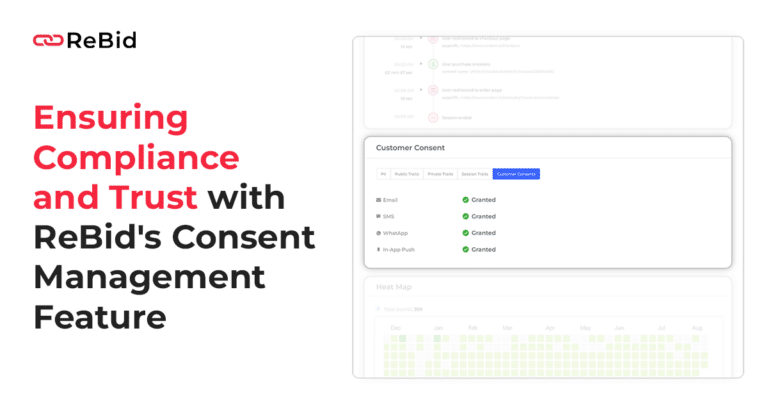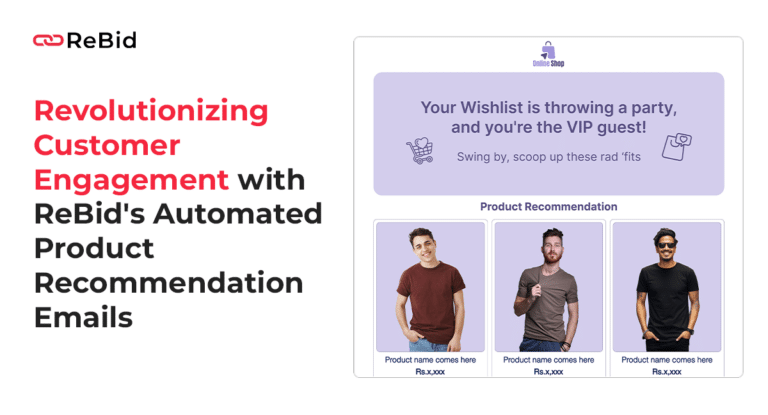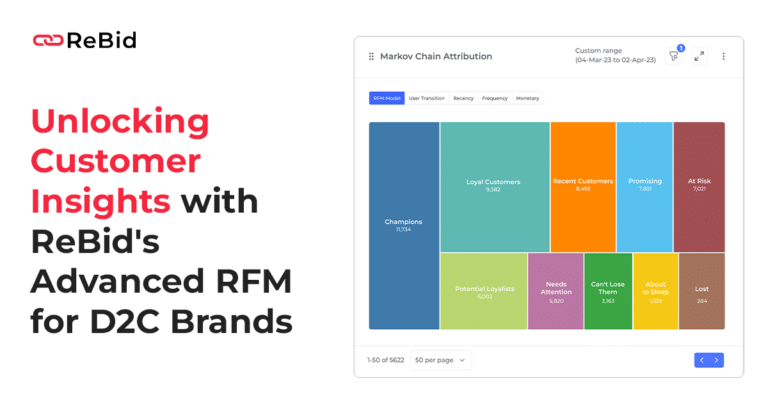The digital marketing landscape is undergoing a seismic shift with the impending deprecation of third-party cookies. This change has sparked a wide range of reactions within the industry, from concern to outright alarm. However, as someone deeply entrenched in the nuances of digital advertising, I argue that the situation may not be as dire as it appears. Instead, this evolution presents a golden opportunity for marketers to pivot towards a more sustainable and effective strategy: leveraging in-house and first-party data.
The Rising Value of First-Party Data
In the wake of third-party cookie deprecation, the intrinsic value of first-party data is set to skyrocket. This shift is not merely a reaction to changing technological standards but a strategic move towards more authentic, direct engagement with customers. First-party data offers a wealth of insights directly from your audience, untainted by the aggregation and assumptions that often accompany third-party data.
Enhancing Advertising Efficiency with Customer Segmentation
One of the most potent strategies in this new era involves creating detailed customer segments from your in-house data and using these segments as targeted audiences for your advertising campaigns. This approach was once the domain of Data Management Platforms (DMPs) utilizing third-party cookies to craft intricate interest profiles. However, the richness of your own customer data can now take center stage, providing a depth of insight that external tools cannot match.
Practical Applications and Strategies
- Suppressing Ads for Existing Customers: Utilize sales data to identify customers who already own certain products, allowing you to suppress irrelevant ads or tailor remarketing efforts towards complementary offerings.
- Targeting Based on Eligibility and Demographics: For industries like banking, segments can be created to exclude customers who do not meet certain criteria (e.g., credit rating) from seeing specific ads. Additionally, leveraging demographic data beyond Google’s basic age, gender, and interest information can enable more nuanced targeting, such as focusing on families or individuals within specific affluence levels.
- Valuing Customer Lifetime and Lifecycle: Identifying segments based on customer lifetime value or recognizing customers whose engagement has diminished can inform targeted strategies to re-engage or upsell.
- Predictive Modeling for Ad Targeting: The same predictive models used in email marketing for identifying potential churn or upsell opportunities can be adapted for use in targeted advertising, enhancing the relevance and efficiency of your campaigns.
Implementing First-Party Data Strategies
The technical aspect of leveraging first-party data for advertising involves a choice between developing in-house API connectors or utilizing third-party tools like Hightouch, Persio, or SAS Customer Intelligence. These tools facilitate the secure and privacy-conscious transfer of customer segments into advertising platforms like Google Ads and Meta, using methods such as hashed email addresses or anonymous cookies.
Conclusion
As advertising costs continue to climb, the strategic use of in-house customer segments will become a critical tactic for maintaining a competitive edge. The deprecation of third-party cookies is not a hurdle but a catalyst for innovation, pushing marketers towards more genuine, data-driven engagements with their audiences. By embracing first-party data and the rich insights it offers, businesses can not only navigate the current landscape but thrive within it, setting new standards for personalization and efficiency in digital advertising.




